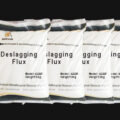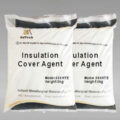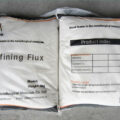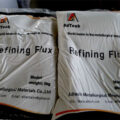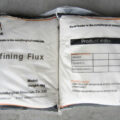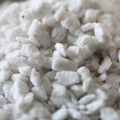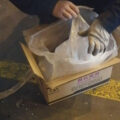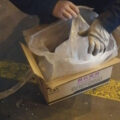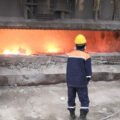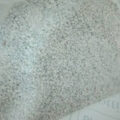The aluminium casting flux used in production actually has three functions of adsorption, dissolution, and combination of slag-making. The slag-removing effect is dependent on refining temperature, time, and flux properties.
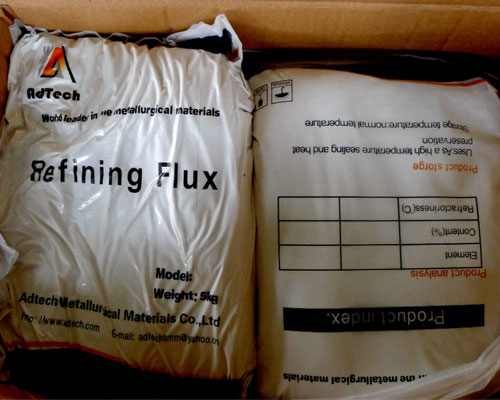
Refining Temperature
When the aluminum drossing flux is constant, the main factor slag-removing affecting is temperature. Increasing the refining temperature is also beneficial for adsorption slag formation. Because when the temperature is high, the viscosity of the metal is small, which improves the wetting ability of the flux and the speed of the slag inclusion floating or sinking. However, an excessively high refining temperature is detrimental to degassing and may coarsen grains. Therefore, when controlling the refining temperature, both slag removal and degassing must be considered. Generally, high temperature is used for slag removal and refining. Then degassing is carried out at a lower temperature. Finally, the insulation is allowed to stand. Aluminum and aluminum alloys generally take the casting temperature plus 20~30℃ as the refining temperature.
Aluminium Casting Flux Properties
The slag-making ability of flux is strong, and the effect of slag removal is good. The ability to absorb, dissolve and combine slag formation is related to its structure, properties, and melting point. Practical shows that the lower the melting point and surface tension of the flux, the stronger its ability to adsorb slag. It has been found that as the radius of the flux cation or anion increases, the melting point and surface tension of the flux decrease.
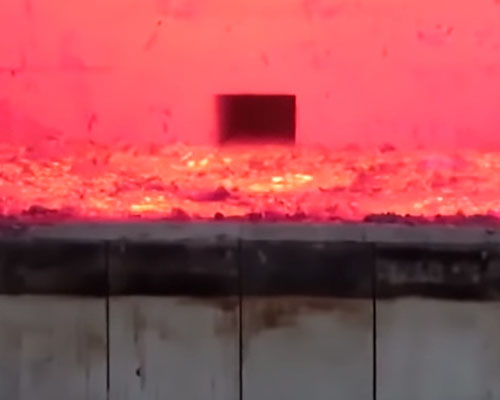
Aluminium Casting Flux Time
The effect of refining and slag removal is not only related to the temperature and the type of flux, but also related to refining time. Generally, after adding the refining flux and fully stirring, the aluminum liquid should be allowed to stand for a period of time. So that the flux and slag can float to the liquid surface or sink to the bottom.
Other Factors
Flux adsorption and slag removal is a complicated process. The larger the contact area between the solvent and the slag, the more adequate the adsorption, dissolution and chemical interaction between them. The slag or solvent particles that absorb the slag are aggregated and grow up due to collision, which can accelerate the separation process from the metal melt. Therefore, powdered flux is usually used in production, and fully stirred in the melt, in order to increase the contact area and collision probability of the solvent and slag inclusions.

